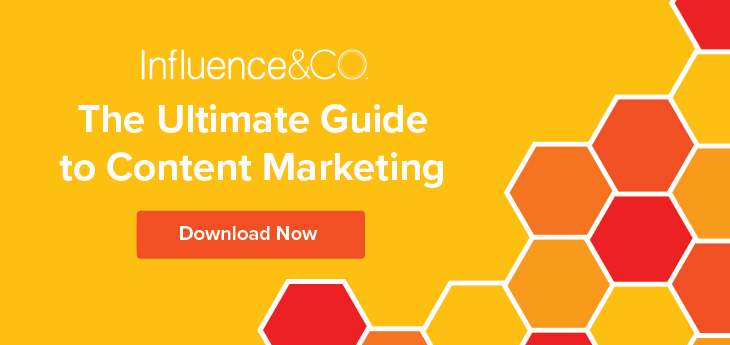Renewable energy adoption has been on an upward trajectory for years, and that trend only seems to be accelerating. In fact, solar is the fastest-growing source of electricity. Solar generation is expected to rise to 48% of total U.S. renewable energy generation by 2050 (up from just 11% in 2017).
As renewable energy — including water, wind, solar, biomass, and geothermal — continues to grow in prominence, it will only become more important for organizations in the alternative energy sector to educate the public. That's where content marketing comes in.
Content marketing is an effective way to reach a target audience with relevant, helpful, educational information that spurs action, and it can help organizations generate new business for less. In fact, content marketing helps companies generate more than three times as many leads and costs 62% less than outbound marketing tactics.
So what are you waiting for? Let's dive into four types of content marketing that the renewable energy industry can use to raise awareness and attract new customers.
4 Types of Content Marketing for the Renewable Energy Industry
Blog Posts
You can answer your target audience's questions and respond to common objections with helpful, educational blog content.
For example, SunPower published a blog post on how to transfer a solar lease — a common question people have when it comes to buying and selling homes with solar. The title of the blog post includes a question that SunPower's target audience might have, and the blog post answers that question.
To make your blog content more effective, you can optimize it with keywords that your target audience is searching for so your post can show up in search results and bring your target audience to your website to learn more. You can also share your blog content in emails to potential customers and others in your industry to answer common questions. And make sure to include calls to action within your blog posts to encourage readers to download gated resources and continue to engage with your company.
Whitepapers
Whitepapers cover a topic in more depth than a standard blog post or article and can include photos, charts, infographics, illustrations, and more to explain your industry, products, or services. You can also put the whitepaper behind a gate on your website to capture potential customers' contact information so you can continue to provide value to them and nurture them toward a sale or further engagement.
For example, Renewable Energy Group (REG) has multiple whitepapers available on its website, including "A Simple Step for Cleaner Air Today." REG explains what the content is about so visitors know what they stand to learn by downloading the whitepaper, and then readers are prompted to fill out a form to gain access to the complete whitepaper.
—
Ready to create successful gated content?

—
Guest Posts
Reach a broader audience and introduce your company to new people by publishing guest posts in the publications your target audience is interested in.
For example, the MindBodyGreen article "How to Support a Clean Energy Future in Your Neighborhood, Whether You Own or Rent" was written by a guest contributor. This article is relevant to MindBodyGreen's audience of people who care about all aspects of wellness, including the environmental aspect of well-being, and it educates audience members on tangible ways they can support clean energy, even if they don't own their home.
To make your guest posts more effective, optimize guest posts with keywords that your target audience is searching for so your article can appear in search results and attract more readers. If the publication allows, you can also include a link back to an educational blog post on your website so this new audience can learn more and continue to engage with your organization.
Infographics
Break down complex processes or ideas, outline the benefits of alternative energy, and more with infographics.
For example, Ecotech Solar uses a simple infographic on its website to illustrate how solar works, showing you how each component of solar energy is connected to your home.

Using infographics on webpages is a great strategy for educating and engaging your website's visitors, but that's not the only way you can use this type of content. You can also publish infographics on your blog to engage your readers with visual content and potentially earn backlinks from other websites. You can also share infographics — or portions of infographics — on social media to meet your audience where they are with your content and spur conversations.
As alternative energy continues to gain steam, it's more important than ever to create and publish educational, helpful content to spur the industry forward. Try adding these four types of content to your renewable energy marketing mix to engage your target audience and generate more leads for your organization.
To learn more about how you can use content marketing to achieve your goals, download your free guide below.










